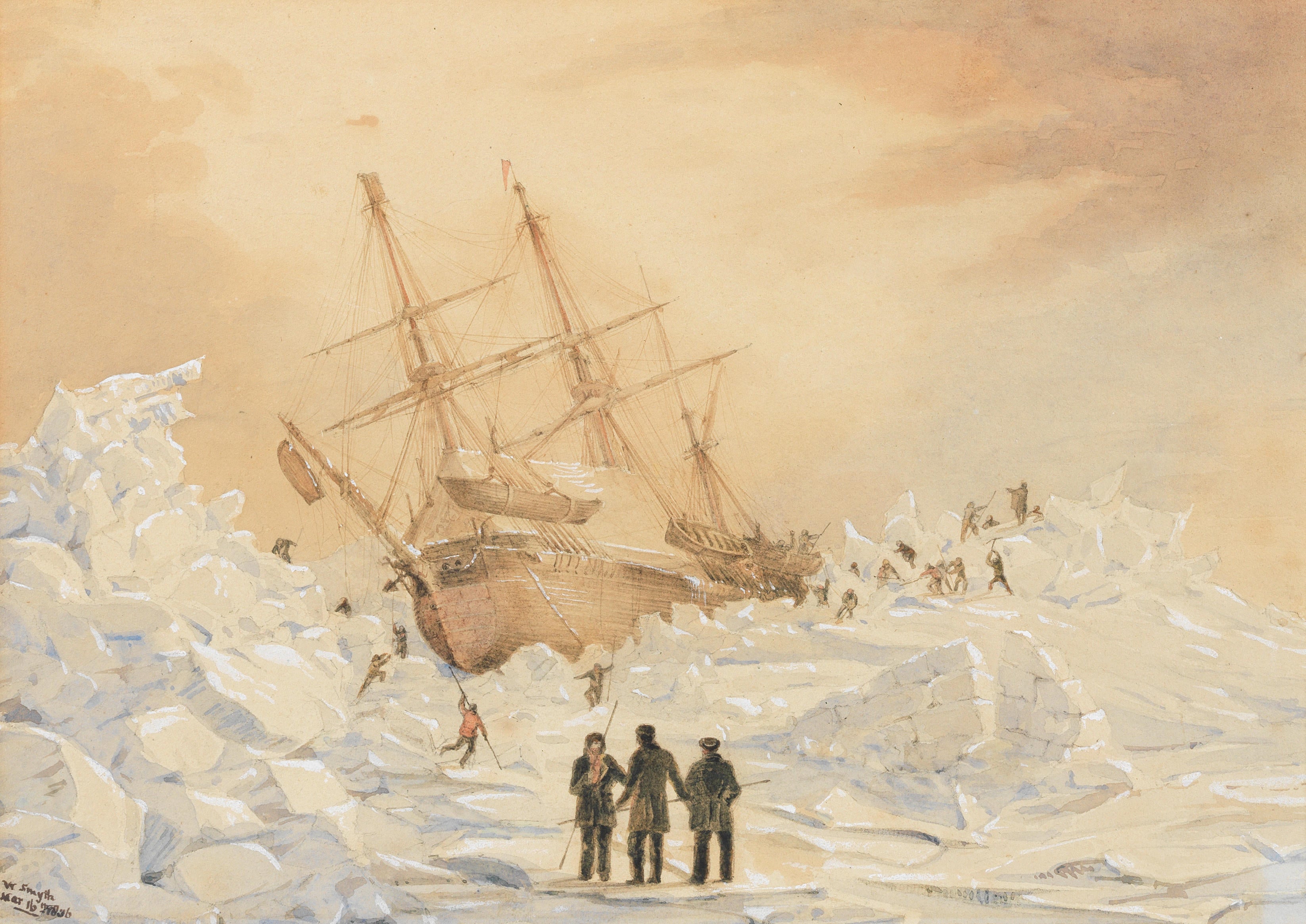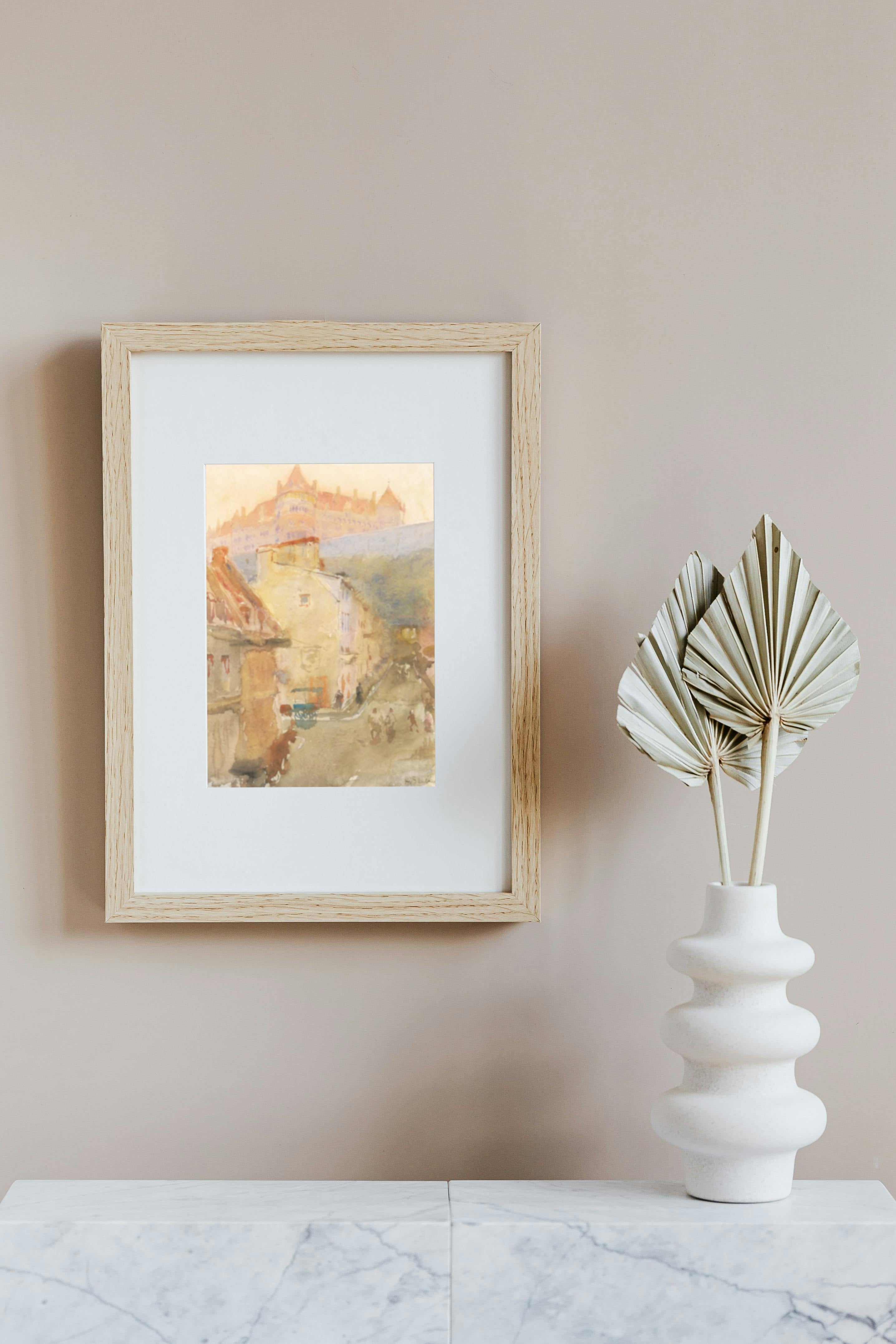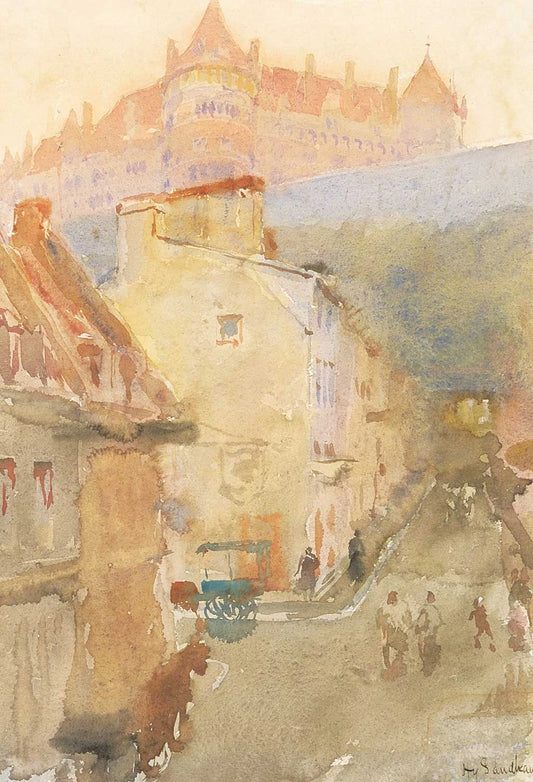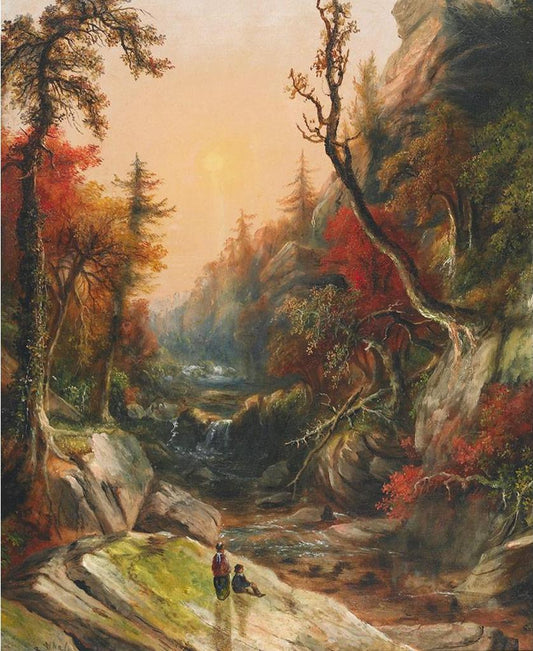
Canada Reflected in Historical Art
Welcome Here
Welcome to our gallery of Canadian heritage, where history and art intersect. Here you will discover timeless prints that capture the essence of Canada's rich past. We're excited to have you explore our collections!
History Meets Home

Château Frontenac Sous Le Fort | Henry Sandham | Watercolour
Toronto Islands | Lucius R. O'Brien | Watercolour
Check Out Our Fall Collection
-
Camp Scene On The Ottawa | Frances A. B. Hopkins | Watercolour
Regular price From $25.00 CADRegular priceUnit price / per -
Waterfall Near Dundas, Ontario | Robert R. Whale | Oil On Canvas
Regular price From $25.00 CADRegular priceUnit price / per -
Autumn Splendor | Thomas Mower Martin | Oil On Canvas
Regular price From $25.00 CADRegular priceUnit price / per -
Clearing Land Near The St. Maurice River | Cornelius Krieghoff | Oil On Canvas
Regular price From $25.00 CADRegular priceUnit price / per -
In The Moose Country, North Of Georgian Bay | Thomas Mower Martin | Watercolour
Regular price From $25.00 CADRegular priceUnit price / per -
Deer In A Meadow | Thomas Mower Martin | Watercolour
Regular price From $25.00 CADRegular priceUnit price / per -
Autumn Creek, Still Waters | Thomas Mower Martin | Watercolour
Regular price From $25.00 CADRegular priceUnit price / per -
View Of A River With Paddle Steamer And Town In The Distance | Washington Friend | Watercolour
Regular price From $25.00 CADRegular priceUnit price / per
Our Most Featured Artists
Washington Friend
Washington Friend (1820–1886) was an American-Canadian artist known for his watercolors and panoramas depicting landscapes across North America. Born in New York, Friend developed a deep interest in art from an early age. His artistic journey led him to travel extensively throughout Canada, the United States, and even Europe, where he meticulously recorded the natural beauty of the regions he visited.
Friend's work is distinguished by his keen attention to detail and his ability to capture the sublime essence of nature. His paintings often feature serene lakes, towering mountains, and vast skies, reflecting his deep appreciation for the untamed landscapes of the 19th century. While not as widely known as some of his contemporaries, Friend's work has earned a place in Canadian art history for its contribution to the visual documentation of the country’s early landscapes. He passed away in 1886, leaving behind a legacy of evocative and detailed landscape art.
John A. Hammond
John A. Hammond (1843–1939) was a distinguished Canadian artist and photographer, celebrated for his contributions to landscape painting and the visual documentation of Canada's maritime provinces. Born in Montreal, Hammond developed a passion for art at an early age. He initially trained as a lithographer, a skill that would later inform his meticulous attention to detail in his paintings.
Hammond moved to New Brunswick, where he became deeply inspired by the rugged beauty of the Bay of Fundy and the coastal landscapes of the Maritimes. His works, often characterized by their atmospheric light and naturalistic style, captured the essence of Canada's eastern shores. In addition to his painting, Hammond was a pioneer in early Canadian photography, using the medium to complement his artistic practice.
Throughout his career, Hammond exhibited widely and gained recognition for his evocative portrayals of Canada's natural scenery. He continued to paint well into his 90s, leaving behind a rich legacy of maritime landscapes.
Frances A. B. Hopkins
Frances Anne Beechey Hopkins (1838–1919) was an accomplished British-Canadian artist known for her vivid depictions of Canadian wilderness and fur trade life. Born in England, she married Edward Hopkins, a Hudson's Bay Company official, and moved to Canada in the 1850s. During her time in Canada, Hopkins traveled extensively with her husband along major waterways, where she developed a deep appreciation for the rugged landscapes and the vibrant culture of the voyageurs.
Hopkins is best remembered for her paintings that capture the dynamic scenes of canoe expeditions and life in the Canadian wilderness. Her works, often characterized by their attention to detail and dramatic compositions, provide a rare, first-hand portrayal of the fur trade era, offering valuable insight into a significant period of Canadian history.
Her art gained recognition both in Canada and abroad, and today, her paintings are celebrated as an important visual record of 19th-century Canadian life and the fur trade.
Cornelius Krieghoff
Cornelius Krieghoff (1815–1872) was a Dutch-Canadian painter renowned for his vibrant and detailed depictions of Canadian life, particularly in Quebec. Born in Amsterdam, Krieghoff studied art in Germany before immigrating to North America in the late 1830s. After brief stints in the United States, he moved to Canada, where he became captivated by the local culture and landscapes.
Krieghoff is best known for his genre scenes that capture the everyday lives of French-Canadian habitants, Indigenous peoples, and the rugged winter landscapes of rural Quebec. His works are characterized by their rich colour, meticulous attention to detail, and a keen sense of humour. Krieghoff's paintings often feature lively scenes of sleigh rides, hunting, and festive gatherings, offering a vivid portrayal of 19th-century Canadian life.
Krieghoff's art gained popularity in his lifetime, and he is now considered one of Canada's most significant early artists, celebrated for his unique contribution to the country's cultural heritage.
Thomas Mower Martin
Thomas Mower Martin (1838–1934) was an English-born Canadian painter who played a significant role in the early development of landscape painting in Canada. Born in London, Martin trained as an architect before emigrating to Canada in 1862, where he settled in Ontario. Inspired by the vast and varied Canadian landscapes, he transitioned from architecture to painting, becoming one of the founding members of the Ontario Society of Artists in 1872 and a member of the Royal Canadian Academy of Arts.
Martin is often referred to as "the father of Canadian landscape painting" due to his early and prolific work depicting the country's natural beauty. His paintings capture the rugged charm of Canada's wilderness, from its forests and lakes to its mountains and rural scenes. Martin's work reflects a deep appreciation for nature, characterized by a meticulous attention to detail and a romanticized view of the Canadian landscape. His contributions have left a lasting impact on Canada's artistic heritage.
Lucius O'Brien
Lucius O’Brien (1832–1899) was a prominent Canadian landscape painter known for his evocative depictions of the Canadian wilderness. Born in Shanty Bay, Ontario, O’Brien initially trained as an engineer but soon turned his focus to art. He became a leading figure in Canadian art during the 19th century, particularly celebrated for his watercolour and oil paintings that captured the vast and untamed beauty of the Canadian landscape.
O’Brien was instrumental in the establishment of the Royal Canadian Academy of Arts, serving as its first vice president and later its president. His work is characterized by a mastery of light and atmosphere, often portraying serene and expansive views of Canada’s lakes, rivers, and mountains. His most famous work, Sunrise on the Saguenay, exemplifies his ability to convey the sublime grandeur of the Canadian wilderness.
O’Brien's legacy lies in his role in shaping a distinctly Canadian artistic identity, celebrating the natural beauty of the nation.
Homer Watson
Homer Watson (1855–1936) was a celebrated Canadian landscape painter, often hailed as the "Canadian Constable" for his mastery in capturing the lure of the Canadian wilderness. Born in Doon, Ontario, Watson was largely self-taught, drawing inspiration from the landscapes around his home. His early works attracted the attention of art collectors and critics, leading to international recognition.
Watson’s paintings are characterized by their dramatic use of light and shadow, depicting the rugged and wild appeal of Canada’s forests, rivers, and farmlands. His work reflects a deep connection to the land, often conveying a sense of tranquility and reverence for nature. In 1880, his painting The Pioneer Mill was purchased by the Marquis of Lorne, earning him further acclaim.
As a founder of the Canadian Art Club, Watson played a significant role in promoting Canadian art. His legacy endures through his contributions to the development of a uniquely Canadian artistic identity.



